Summer Celestial Calendar
The Haliburton Highlands’ unspoiled darkness creates a perfect setting for both dedicated astronomers and casual stargazers. Within this peaceful landscape, the stars shine brilliantly, offering a deep sense of connection to the vast universe.
Whether you’re seeking profound cosmic insights or simply enjoying the breathtaking celestial display, this dark sky area offers an unforgettable experience under the night sky.
Did you know that the best time to observe stars and celestial objects is during a New Moon? At this time, the moon is situated between the Earth and the Sun, eliminating its bright light from the night sky and providing ideal stargazing conditions.
Important Celestial Dates
Jun 6: New Moon
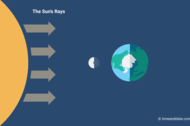
Make the most of a moonlight-free night to look for some stars and planets in the skies.
Jun 20: June Solstice

This solstice is the summer solstice in the Northern Hemisphere, where it is the longest day of the year.
In the Southern Hemisphere, it’s the winter solstice and the shortest day of the year.
Jun 22: Strawberry Moon
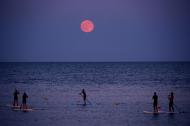
June’s Full Moon is often called the Strawberry Full Moon, after the berries that grow in the Northern Hemisphere around this time of the year.
Ode’mimi-Giizis – Recognition of the Moon
Jul 5: Earth’s Aphelion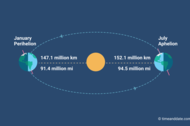
At 05:06 UTC, the Earth will reach aphelion—the point in its orbit farthest from the Sun.
Jul 5: New Moon
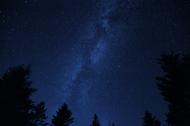
July’s New Moon comes at 22:57 UTC on July 5. The period around New Moon can be a good time to look at the night sky—without a bright Moon around to lighten the sky.
New Moon – the invisible phase
Jul 21: Buck Moon
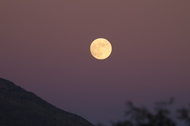
July’s Full Moon is known as the Buck Moon or Raspberry Moon, signifying the new antlers that emerge on deer buck’s foreheads around this time. This year, it falls at 10:17 UTC on July 21.
Mskomini-Giizis – Recognition of the Moon
Jul 22: Mercury at Greatest Elongation East
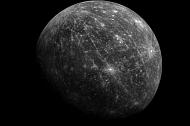
This might be a good time to try and spot Mercury: the planet appears at its farthest distance from the Sun in the evening sky.
Find Mercury with our Interactive Night Sky Map
Aug 4: New Moon
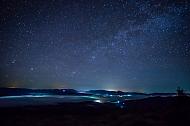
New Moon is at 11:13 UTC on August 4, marking the start of another lunar month.
New Moon is a good time to explore the night sky. Find planets, stars, and constellations using our Interactive Night Sky Map!
Aug 12/13: Perseid Meteors
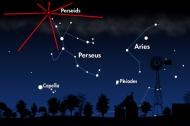
The Perseid meteor shower is usually one of the most active and brightest meteor showers of the year. In 2024, evening viewing will be affected by a bright First Quarter Moon.
Aug 14: Conjunction of Mars and Jupiter
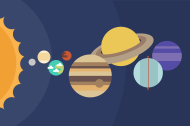
Mars and Jupiter will pass within 0.31 degrees of each other in the pre-dawn sky. In a presentation at the 2022 Europlanet Science Congress, we highlighted this as one of 7 notable ‘close approaches’ before the year 2040.
Aug 19: Blue Sturgeon Moon
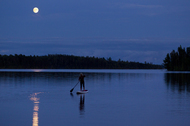
August’s Full Moon is traditionally called the Sturgeon Moon or Thimbleberry Moon. This year, it is also a seasonal Blue Moon—the third Full Moon in a season with four Full Moons. What is a Blue Moon?
Datkaagmini Giizis – Recognition of the Moon
Aug 21: Lunar Occultation of Saturn

The almost Full Moon will pass close to Saturn. In parts of South America, Africa, and Europe, the Moon will pass in front of Saturn—an event known as a lunar occultation.
Eclipses, transits, and occultations
Aug 28: Comet Tsuchinshan-ATLAS
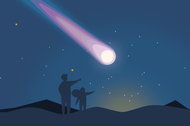
Comet A3 (Tsuchinshan-ATLAS)—which was discovered at the beginning of 2023—is 30 days from perihelion, its closest point to the Sun. There is a chance it will become a naked-eye object, although comets are famously unpredictable.
Sep 3: New Moon
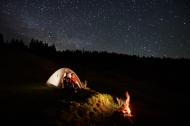
A New Moon in the sky means no moonlight to hinder your view of stars and planets. Use our Interactive Night Sky Map to find out what planets are visible tonight and where.
Sep 5: Mercury at Greatest Elongation West

This might be a good time to try and spot Mercury: the planet appears at its farthest distance from the Sun in the morning sky.
Find Mercury with our Interactive Night Sky Map
Sep 8: Saturn at Opposition
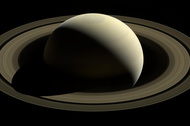
The ringed planet, Saturn, lies on the opposite side of Earth to the Sun, and is visible from sunset to sunrise.
HALIBURTON FOREST’S ASTRONOMY PROGRAM
Nestled within the Haliburton Highlands, the Haliburton Forest and Wild Life Reserve stands as a beacon for stargazing aficionados. Here, far from the city lights, the pristine darkness creates an expansive canvas for celestial wonders.
Book spots for their Astronomy Program that runs July and August, or stay overnight on your own and be amazed of the unobstructed view of the night sky.

VIEWING CONDITIONS
If you wish to see what the viewing conditions will be for your visit, please click here.
